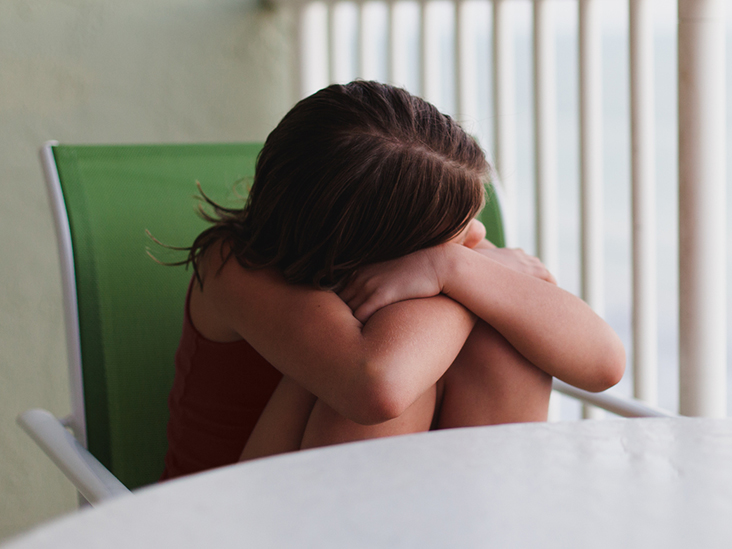Headache is a frequent complaint among children, but it is typically mild and usually not serious. However, recurrent headaches can affect a child’s behavior and may prevent them from performing daily activities.
One in five American school-aged children are prone to having headaches. Before puberty, headaches are more common in boys, and after puberty, they are more common in girls.
Headaches can upset children and cause undue worry to parents or caregivers. However, most headaches are mild and go away in a few hours. Less than 5% of headaches are due to severe conditions.
This article discusses headaches in children, symptoms, and when to consult with a doctor.
Adults and children typically experience the same headache types, but they may experience them differently.
The International Headache Society (IHS) classifies headaches into two categories — primary and secondary. Primary headaches have no known cause, while secondary headaches result from another condition.
Primary headaches make up 21.8–66.3% of headaches in children receiving care in the emergency room. Below, we look at some common primary headaches in children.
Tension headache is the most common type of headache in children. It is generally mild and occurs when the neck and scalp muscles contract in response to stress and anxiety. Symptoms include:
Nearly
Symptoms of migraine include:
Cluster headaches are
Other symptoms include:
The exact cause of most tension and migraine headaches in children is unclear, but health experts believe they occur due to changes in brain chemistry and the altering of nerves and blood vessels. These changes may cause pain signals resulting in a headache.
Watching TV and using digital devices for long periods may worsen a headache, possibly because of screen brightness or posture difficulties. A
The IHS has an extensive list of conditions that can cause headaches. Brain, head or neck trauma, infections, and problems in the mouth, eye, ear, and nose can cause headaches.
Other possible causes of headaches include:
In rare cases, a child may experience headaches because of a serious underlying condition, such as:
Individuals should immediately take a child to the emergency department if a headache follows a head injury or if the following symptoms present:
Moreover, a person should
A child’s doctor will require their
They may also look for possible triggers and ask a person to keep a headache diary where they or their child can record activities, frequency, and severity of the headaches.
Doctors or healthcare professionals will perform a physical exam and a neurological exam to check for any problems with a child’s sensation, movement, and coordination. They may also order blood and imaging tests such as a CAT or MRI scan. If a child presents with seizures, the doctor may also request an EEG.
If any other symptoms are present, a child’s doctor may also request a consultation with other specialists such as pediatric neurologists, ophthalmologists, psychologists, or ear, nose, and throat specialists.
Treating a headache depends on its cause. Adjusting elements, such as exercise, diet, and sleep, and avoiding triggers may help.
If headaches occur without other symptoms, simple
For tension headaches, resting at home, taking a nap, eating balanced meals, and over-the-counter (OTC) pain relief may help a child with their symptoms.
However, parents and caregivers should limit giving OTC medicines to no more than
Doctors may also recommend nondrug treatments for tension headaches and migraine. These include:
Doctors may
Most headaches that children experience are self-limiting and subside after sufficient rest or home remedies. Some children outgrow headaches, but they may return later in life, while others persist until adulthood.
Proper education, lifestyle adaptations, avoiding triggers, and close communication with a doctor or healthcare professional can help children with persistent headaches to continue their everyday activities.
Last medically reviewed on April 29, 2022
OUR BRANDS
